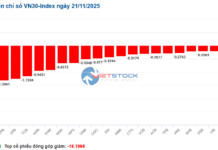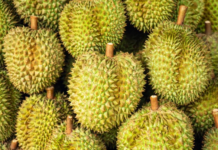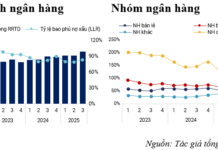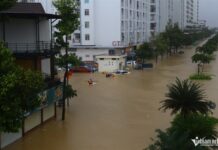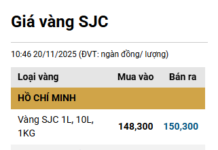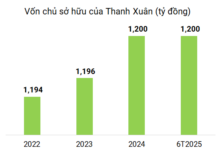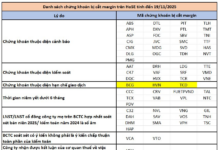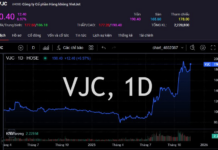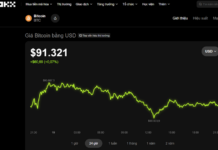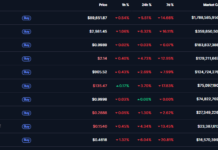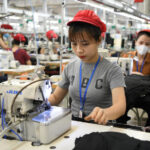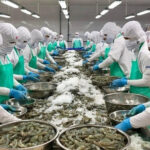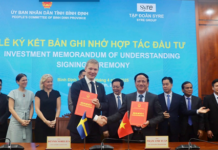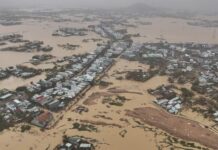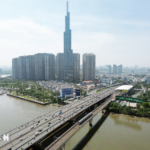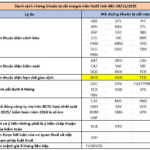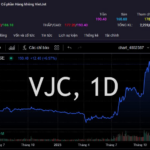On August 12, at the Conference on Promoting Agricultural, Forestry, and Aquatic Product Exports in 2025, organized by the Ministry of Agriculture and Environment in Ho Chi Minh City, authorities and businesses acknowledged the optimistic signals and significant challenges faced by the export sector in the first half of the year, particularly regarding the 20% tax barrier imposed by the US.
Strategic Advances and Retreats
Mr. Nguyen Thanh Binh, Chairman of the Vietnam Fruit and Vegetable Association, pointed out that most Vietnamese fruits exported to the US cater to the Vietnamese and Asian communities. However, with the new 20% tax, selling prices increase, reducing competitiveness against products from Mexico, South America, and ASEAN countries, which enjoy lower tax rates.
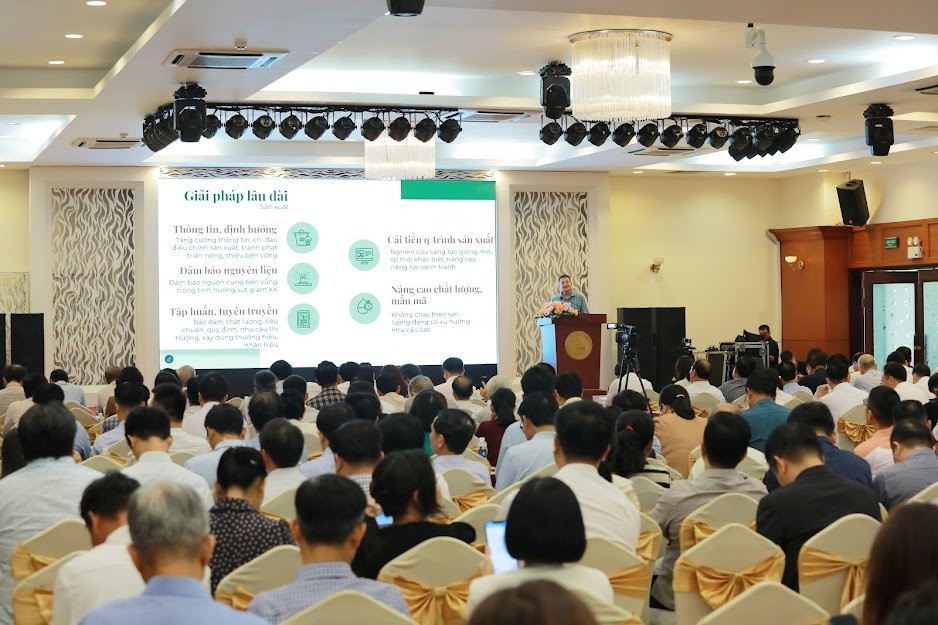
Experts emphasize the need for Vietnamese agricultural exports to enhance product quality and packaging.
Mr. Binh suggested negotiating to reduce import taxes on fruits and vegetables to 0%, as Vietnam is self-sufficient in producing these items, while still importing a significant amount from the US. He also proposed increasing the import of American fruits that do not directly compete with domestic products (such as walnuts), processing them, and then exporting them back to the US, thereby reducing the trade deficit and fostering mutual benefits.
Mr. Nguyen Anh Son, Director of the Import-Export Department, Ministry of Industry and Trade, shared that the Ministry is taking stringent measures to combat smuggling, trade fraud, and false product origin claims. They are also actively negotiating to penetrate new markets, such as the Gulf region, Halal markets, and Egypt. The Department recently visited Singapore to promote rice exports.
Using a metaphor, Mr. Son highlighted the importance of strategic concessions in trade negotiations: “It’s like bartering; you give something, you get something. We need to identify which sectors should advance and which should retreat to achieve the best overall outcome.”
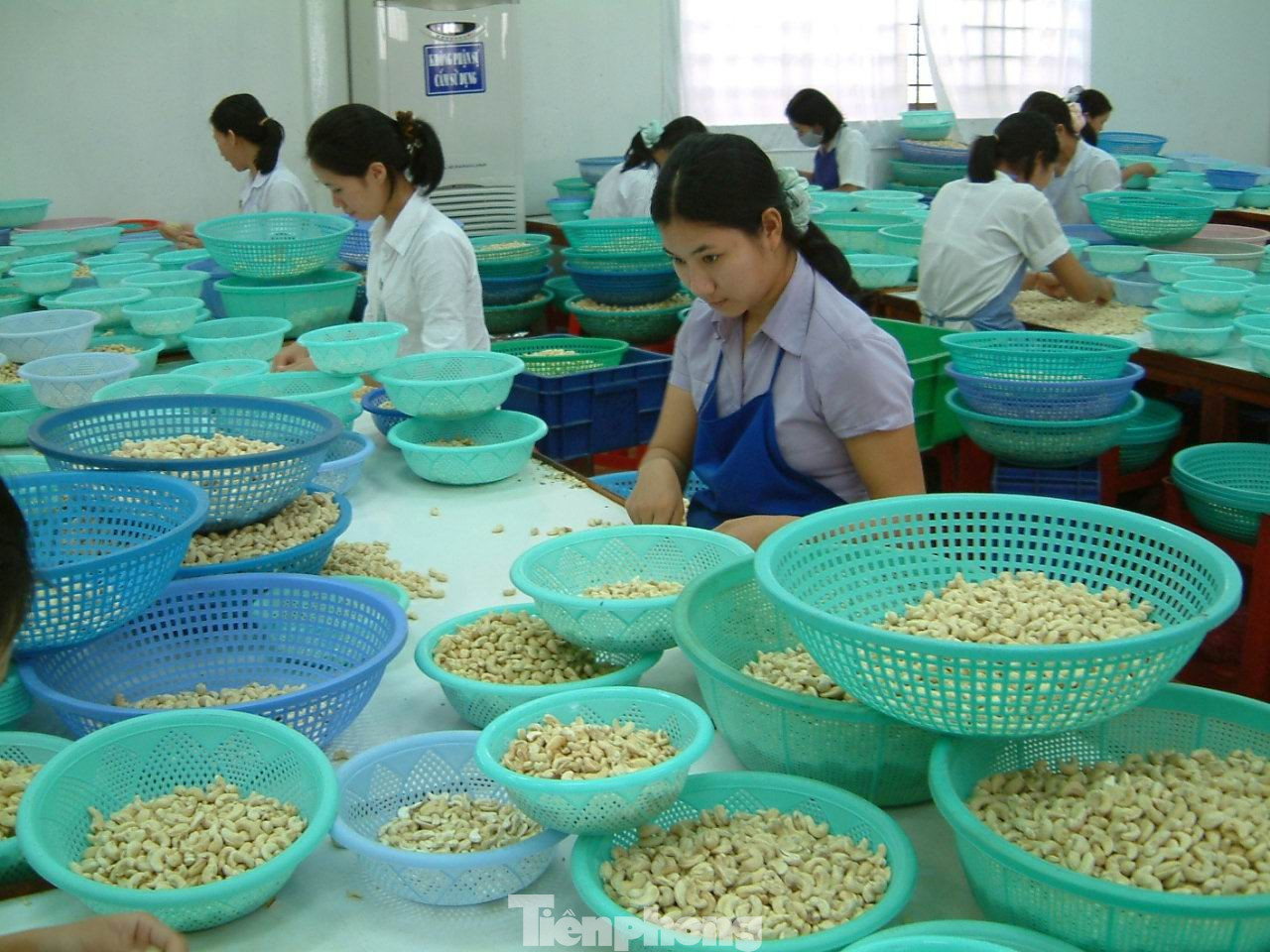
Deep processing is one of the solutions adopted by businesses.
Deputy Minister of Agriculture and Environment, Tran Thanh Nam, provided an overview of export performance in major markets. In the first seven months of 2025, exports to the US, China, and Japan maintained positive growth. Notably, exports to Europe increased by 49%, the Middle East by 10.9%, and Africa by 8.9%. However, the countervailing tax imposed by the US remains a critical issue, potentially impacting various agricultural, forestry, and aquatic products if not carefully addressed in negotiations.
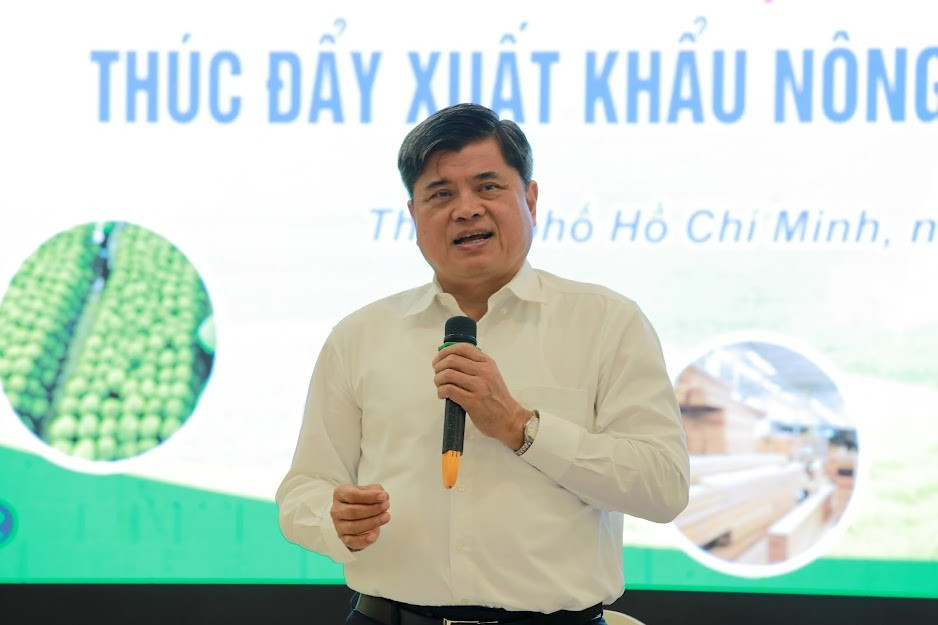
Deputy Minister of Agriculture and Environment, Tran Thanh Nam.
As a short-term solution, Deputy Minister Nam suggested negotiating cost-sharing for the US tax burden, diversifying markets, and promoting exports of value-added processed products. For the long term, he emphasized the need to establish international-standard raw material regions, adopt advanced technologies, innovate packaging designs, and, most importantly, maintain product quality to solidify Vietnam’s presence in demanding markets.
A Fine Line: One Misstep, Multiple Market Losses
Mr. Truong Xuan Trung, First Secretary in charge of the Vietnam Trade Office in the UAE and Qatar, reported significant growth in agricultural, forestry, and aquatic product exports to the UAE in the first seven months: cashew nuts up by 34.64%, fruits and vegetables up by 55%, seafood up by 21%, and wood and wood products up by 26.5%.
The UAE serves as a gateway for Vietnamese goods to enter the Gulf markets. With import taxes ranging from 0% to 5% and a common customs union, products entering the UAE can circulate freely to other Gulf Cooperation Council (GCC) member countries without additional taxes. This presents a significant advantage for expanding market share.
“However, risks are also present. If a Vietnamese product violates UAE standards, all six GCC countries will simultaneously implement stringent inspection measures, significantly impacting export progress,” Mr. Trung cautioned.
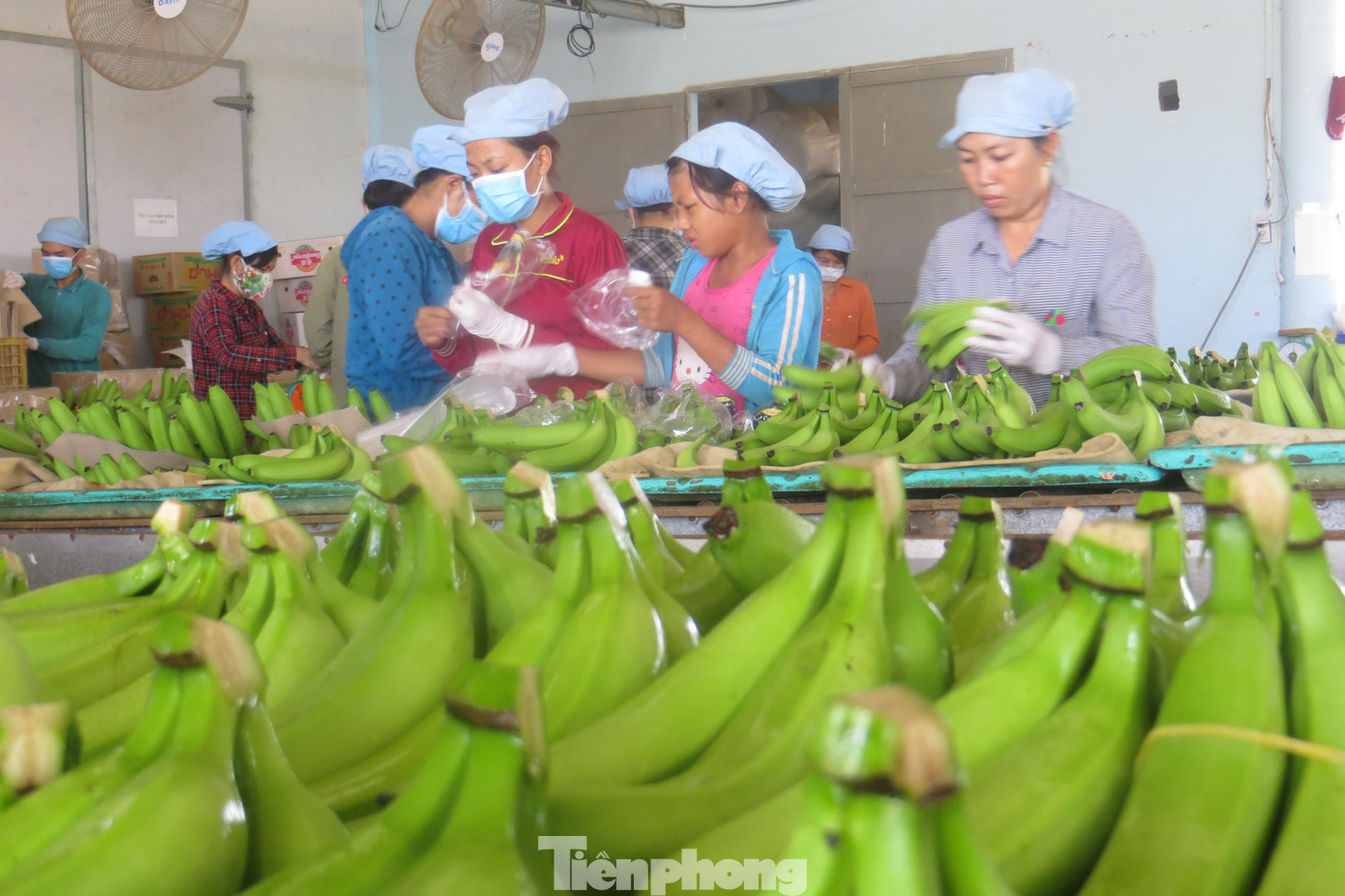
A company exports bananas.
Mr. Nong Duc Lai, Commercial Counselor of Vietnam, affirmed that China remains a vast and potential market for Vietnamese agricultural, forestry, and aquatic products. Nonetheless, Vietnam’s agricultural and food products consistently rank among the top countries/regions with the most warnings from Chinese customs.
“Although Vietnamese authorities have intensified propaganda, supervision, and even sanctions, there has been an improvement in the situation regarding Vietnamese agricultural and aquatic products warned by Chinese customs in the past time,” shared Mr. Lai.
Regarding the European market, Mr. Tran Van Cong, Agricultural Counselor, proposed establishing raw material regions that meet European standards, developing disease-free livestock breeding areas, consolidating national brands, and proactively strategizing communication to mitigate the negative impact of adverse information.
“Boosting Consumer Confidence with the ‘Blue-Tick of Responsibility’”
“With a simple scan of the QR code on the packaging, consumers can instantly verify the product’s authenticity and trace its origins. This innovative ‘Blue Tick’ logo, prominently displayed on the packaging, serves as a testament to the product’s quality and transparency, allowing consumers to make informed choices with ease.”
“Harvesting MD2 Pineapple Varieties Can Yield Up to $300,000 per Hectare”
The North Central region of Vietnam, though harsh, boasts a favorable climate for cultivating pineapples, tea, and citrus fruits. While citrus crops are dwindling due to diseases, and tea struggles to increase its revenue, pineapple cultivation is experiencing a rapid expansion. The drought-tolerant pineapple, particularly the MD2 variety, offers exceptional quality and profitability, with potential profits exceeding 700 million VND per hectare, significantly outperforming other crops.
The US Imposes 20% Tariff on Vietnamese Exports: Textile and Seafood Industries Seek New Opportunities to Maintain Market Share
The recent announcement of a 20% tariff on Vietnamese goods entering the US market has left the textile and seafood industries concerned. This additional cost will undoubtedly impact businesses’ competitiveness and increase their financial burden. However, there is a silver lining; businesses can still thrive by optimizing their operations and expanding their reach into new markets. It is a challenging yet opportune time for companies to showcase their resilience and adaptability.

